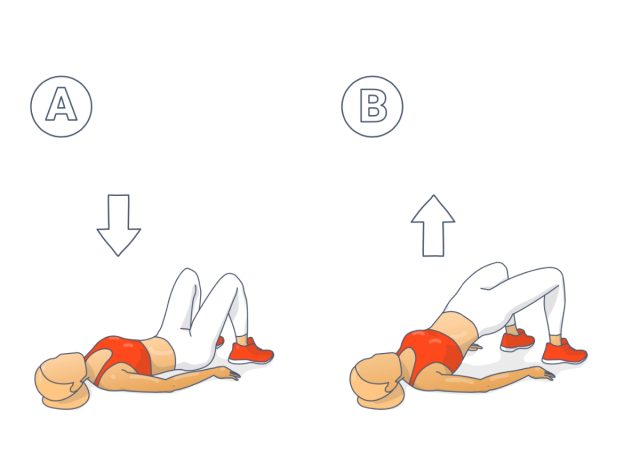
Dementia describes a set of symptoms associated with brain decline, such as memory loss. The fear is a familiar one: forgetting someone’s name or misplacing keys can set off false alarms. However, a new study, published in the journal Alzheimer’s and Dementia, has identified a strong indicator of Alzheimer’s that may precede memory loss – the perception of it.
When people feel that their memory or other mental abilities are declining, but objective tests do not reveal any deterioration, this is referred to in medicine as “subjective cognitive impairment,” or SCD for short.
The affected individuals report cognitive problems that cause them serious concern, but which are not measurable with current techniques,” explained Professor Frank Jessen, a DZNE scientist and director of the Department of Psychiatry at University of Cologne, who was involved in the study.
By now it has turned out: SCD is a risk factor, but not a conclusive warning sign for upcoming dementia.
“In many individuals with SCD, there is no progressive loss of cognitive performance. To assess the individual risk more accurately, other factors have to be taken into account,” the researcher says. “We have now been able to specify these. If, in addition to SCD, there is also evidence that certain proteins accumulate in the brain, then taken together that’s a strong sign for developing Alzheimer’s disease.”
READ MORE: ‘Exercise caution’: New study warns brain boosting supplement could spur on Alzheimer’s
READ RELATED: Special string to help patients suffering painful throat condition
“Deposition of beta-amyloid, like SCD, is a risk factor for Alzheimer’s disease. On their own, however, neither phenomenon is a clear indicator of disease. But the picture sharpens, as evidenced by our study, when these phenomena are considered together and over a longer time period,” Professor Jessen said.
During the study period, some subjects from the SCD group and also some from the control group evolved measurable cognitive deficits.
This was particularly evident in amyloid-positive subjects with SCD at baseline. In comparison, cognitive decline was on average much lower in amyloid-positive individuals than in the control group.
MRI data of the brain also showed differences: The “hippocampus” – a brain area divided over both brain hemispheres and considered the “control centre” of memory – tended to be smaller in amyloid-positive subjects with SCD than in amyloid-positive individuals of the control group: an indication of atrophy, i.e. loss of brain mass.
“When you add up all the findings, including the data from those subjects who already had measurable cognitive deficits at baseline, we see the combination of SCD and amyloid-positive status as a strong indicator of early-stage Alzheimer’s disease,” Prof Jessen concluded.
Source: Daily Express










